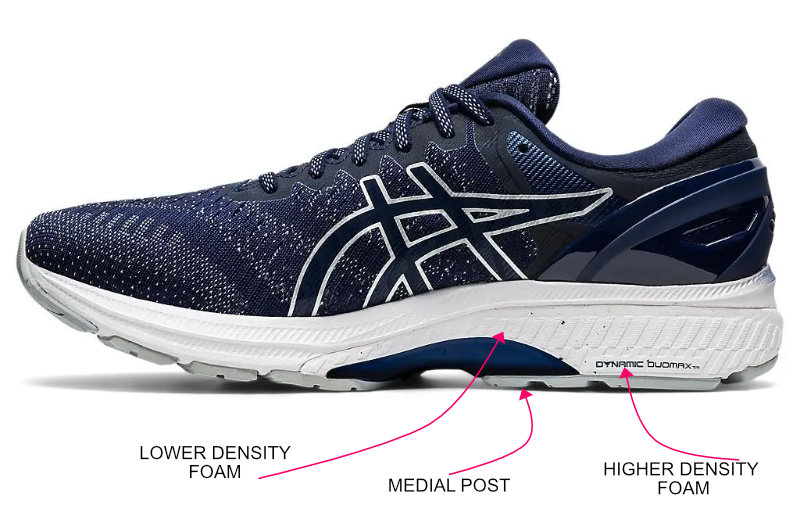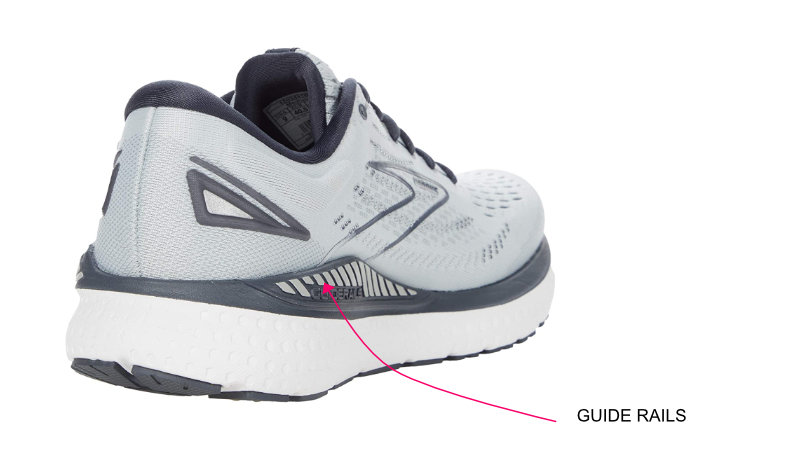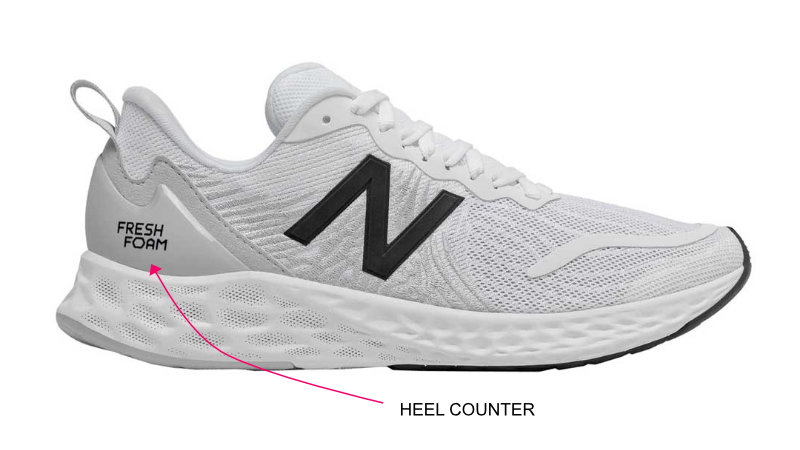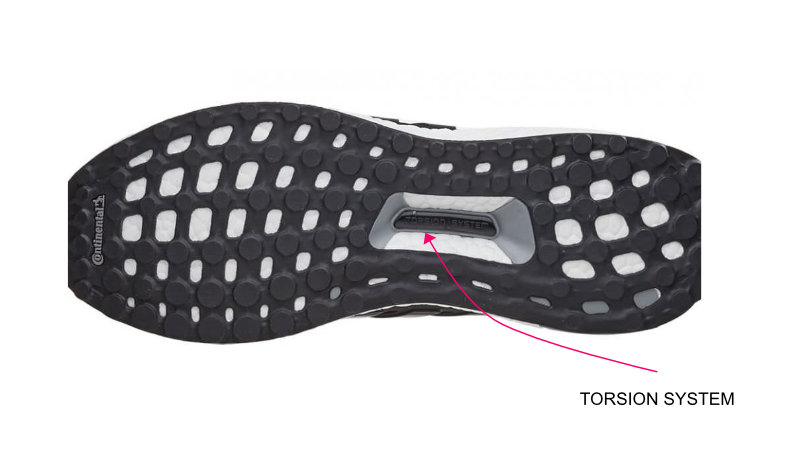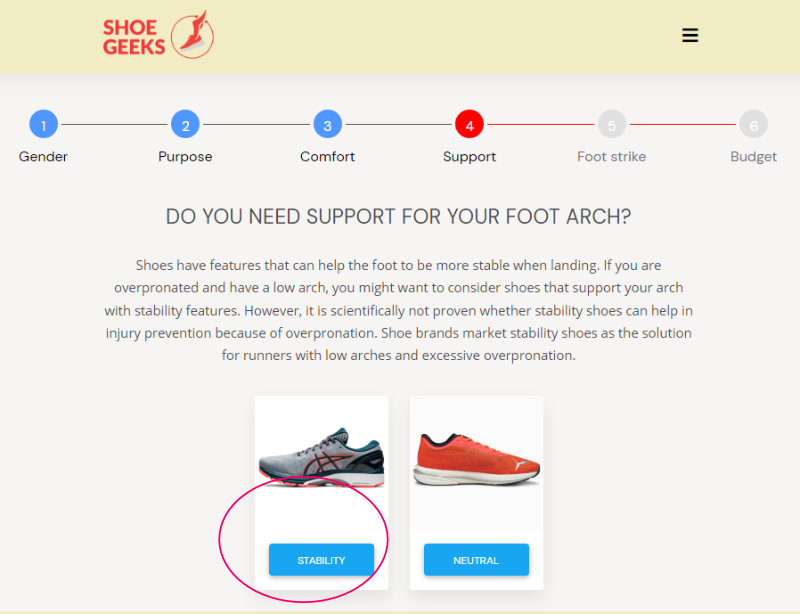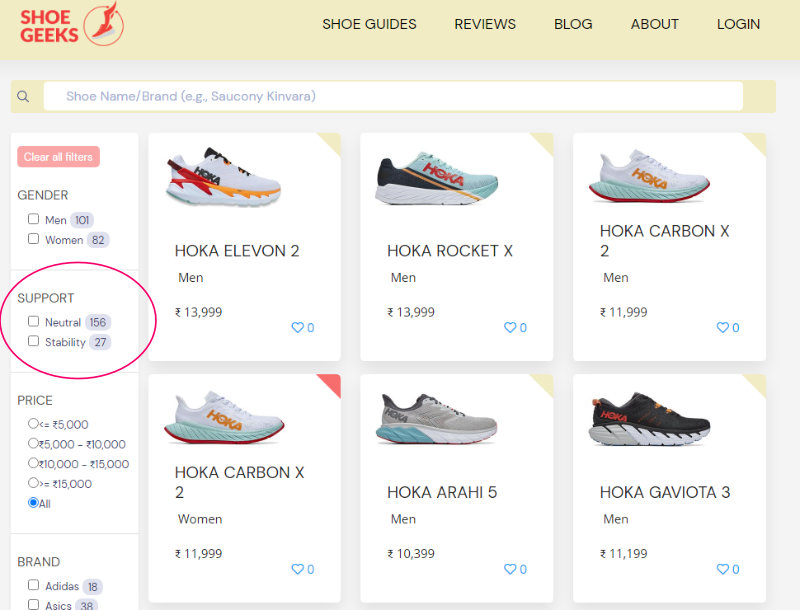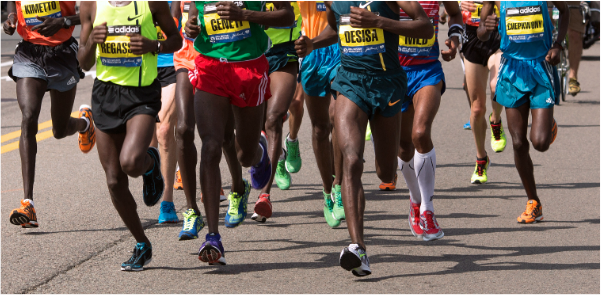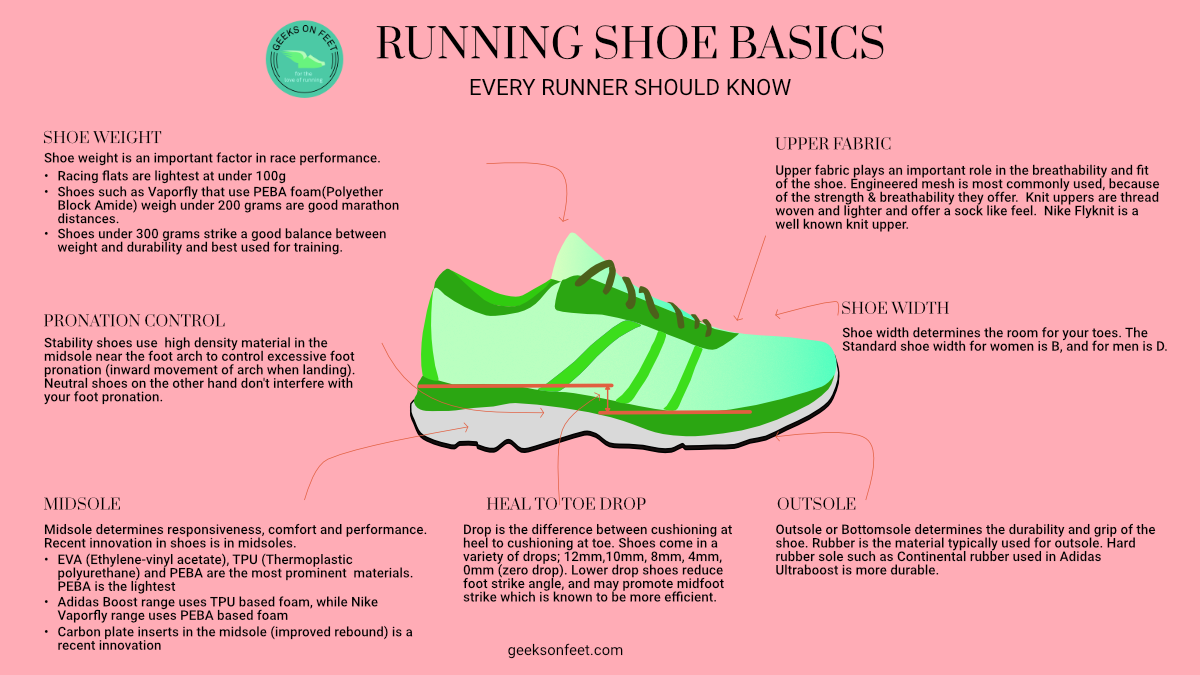All You Need To Know About Stability Shoes
When runners need to consider stability shoes, how do they work, and how do they help?

At RunMechanics we have examined the running styles of various runners. Runners at their early running phase to those who clocked sub 3 hrs at a marathon. They visit us for various reasons, to perform better, to run injury-free, and general awareness of running. Almost all the runners are curious to know about their foot pronation, and what shoes are the best to use. A more specific question is do I need to use stability shoes? This article will help you understand more about stability shoes and how they are different from neutral shoes.
Overpronation and Running Injuries
As runners, we all experience a certain level of pronation as we land.
- At initial ground contact, as the foot prepares for landing, it locks itself to take the shock of impact. Also known as Supination, the foot is not stable at this stage. Rearfoot is at an angle, called Inversion.
- The foot loosens up at mid-stance and the arch touches the ground fully to stabilize the body. Known as pronation, at this position, rear-foot is at an angle called Eversion.
- The foot locks itself (supinates) again to assist the body to propel forward. Rearfoot inverts to take off.
Eversion angle range between 3 to 18 degrees, is common and is called as neutral pronation. Runners with >18 degrees of eversion are overpronated and may need stability shoes to support the arch and control the eversion. Eversion angles of more than 18 degrees are correlated with a higher occurrence of foot injuries such as Achilles Tendonitis and Plantar Fasciitis. Excessive eversion also puts the knee in an awkward position during stance, which often is the cause of the Runner’s Knee (Patellofemoral Pain Syndrome). This is covered in detail in our previous article.
Shoe Types based on the Support they offer
Running shoes & custom orthotics have been used by runners to provide additional support for long. Based on the type of support, there are two types of shoes.
- Neutral shoes - These shoes don’t have any specific features that add additional support for runners overpronate. These are often lightweight.
- Stability Shoes - These shoes are engineered for runners with overpronation. Stability shoes are engineered such that they stop excessive eversion.
How do Stability Shoes work?
Dual Density Foams
- Combination of Higher density and lower density foams are used in the midsole
- Higher density foam is placed at a slope in the bottom to control the overpronation
Medial Post
Medial post is often made of a harder PU material provides extra support to control the pronation.
Guide Rails
The recent trend is to ditch medial posts and dual-density foams, with a harder outer wall around the arch to provide stability. Brooks has pioneered this system and now has been used by many brands including Saucony and Nike.
Heel Counter
Hard plastic Heel counter wraps around the heel and provides better rearfoot stability. Sometimes it may be inside and the upper covers it. You can feel it by touching it.
Torsion System
Torsions system is famously used by Adidas to ensure the forefoot and heel can move independent of the midfoot. By doing so, it supports the midfoot with extra stability.
Downsides of Stability Shoes
When compared to neutral shoes, stability shoes have some downsides that runners need to be aware of.
| Features | Neutral | Stability |
| Weight | Lighter < 300g | Heavier > 300g |
| Mid soles | Flexible | Lack flexibility |
| Price | Priced lower than their stability counterparts | Higher than their neutral counterparts |
Should runners be using Stability Shoes?
Certain runners with overpronation and are having frequent injuries do benefit from using stability shoes. Stability shoes do control excessive eversion. That said, overpronation is often observed along with excessive pelvic tilt, knee ab/duction, and weak foot arch control. So fixing pronation without understanding the overall gait can do more harm than help the runner.
So our recommendation often is that use Stability shoes only in the short term. But work on the underlying issues causing overpronation and the possible injuries.
Finding Stability Shoes
At shoegeeks.in we have cataloged the stability shoes available in India, to help runners find them easily. There are two ways to find stability shoes on shoegeeks.in.
- Using the ShoeAdvisor
- Using the Search
Using Shoe Advisor to find Stability Shoes
Start with Shoe Advisor by clicking the picture beside the search box on the home page. On step 4 (Support) of the wizard, select stability as the option.
Using Search to find Stability Shoes
When searching for shoes on Shoegeeks.in, you can use the filter panel on the left to filter and show only stability shoes.
Team GeeksOnFeet
